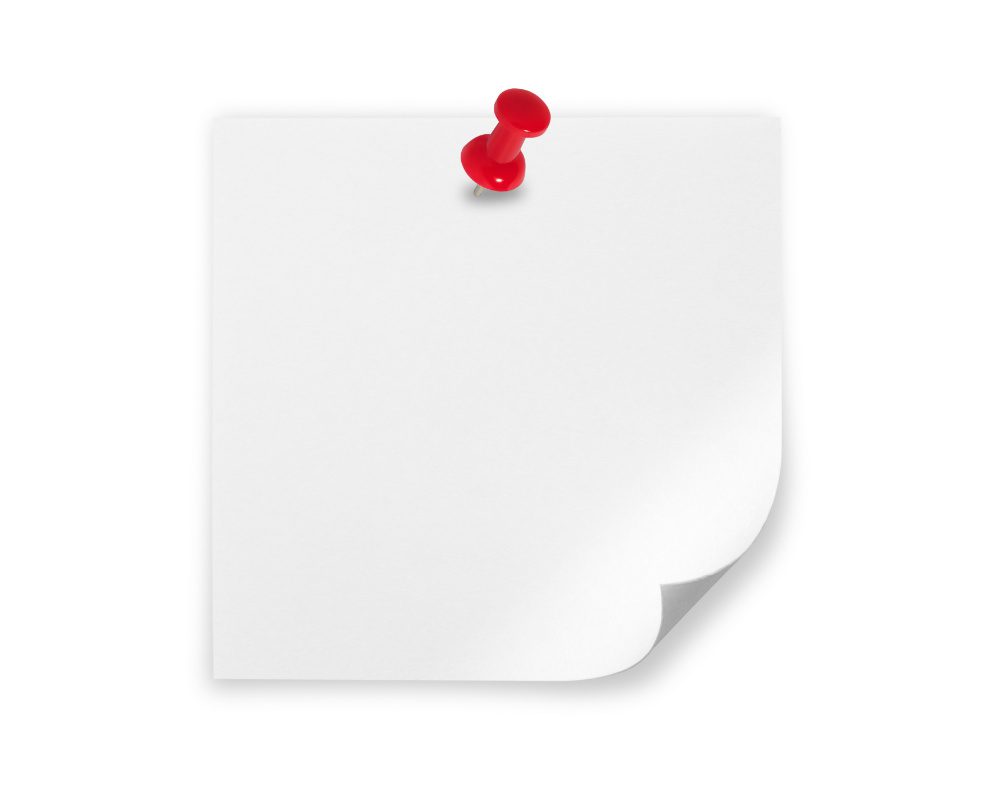
Did You Know?
Observing children’s interactions, work, and play gives insight into their growth and development. Formal and informal observations are used to track children’s progress and to assist in planning developmentally appropriate activities.
Accurate observations rely on being objective. It is important to separate the facts from personal beliefs or opinions when recording observations. Children’s actions and the events surrounding the actions should be described just as they happen without making assumptions about why they are happening. Objective observations are unbiased and avoid stereotypes and labels. They are simply descriptions of what is seen and heard.
Think about your observations. Are you an objective observer?
Try It: Is it a fact or just an opinion?
- Open the document, Fact or Opinion
- Look at each picture and review the observations notes.
- Use boxes or circles to identify words that describe facts (observable).
Cross out words that describe opinions (feelings, impressions, interpretations). - Use the Answer Key
Observation Tips
- Try jotting down action words and descriptions of who, what, when, and how as you make your observations. Record only what you see.
- Think: “Who did what when and how?”
- Remember, the key to being objective is to record only what you see and what you hear.


Resources to save and share
For more information and guidance on staying objective in your observations, check out some of these resources!
Watch
Take a look at how child care providers stay objective in their observations of infants: Clearing Your View: Staying Objective in Observation.
Read
Check out this page of tips on how to remain objective while observing: Guidelines for Accurate and Objective Recording – Behavioral Descriptions.
Share
Share this resource with families and encourage them to use observation at home. It may help them better understand challenging behaviors: Observation: The Key to Understanding Your Child.

